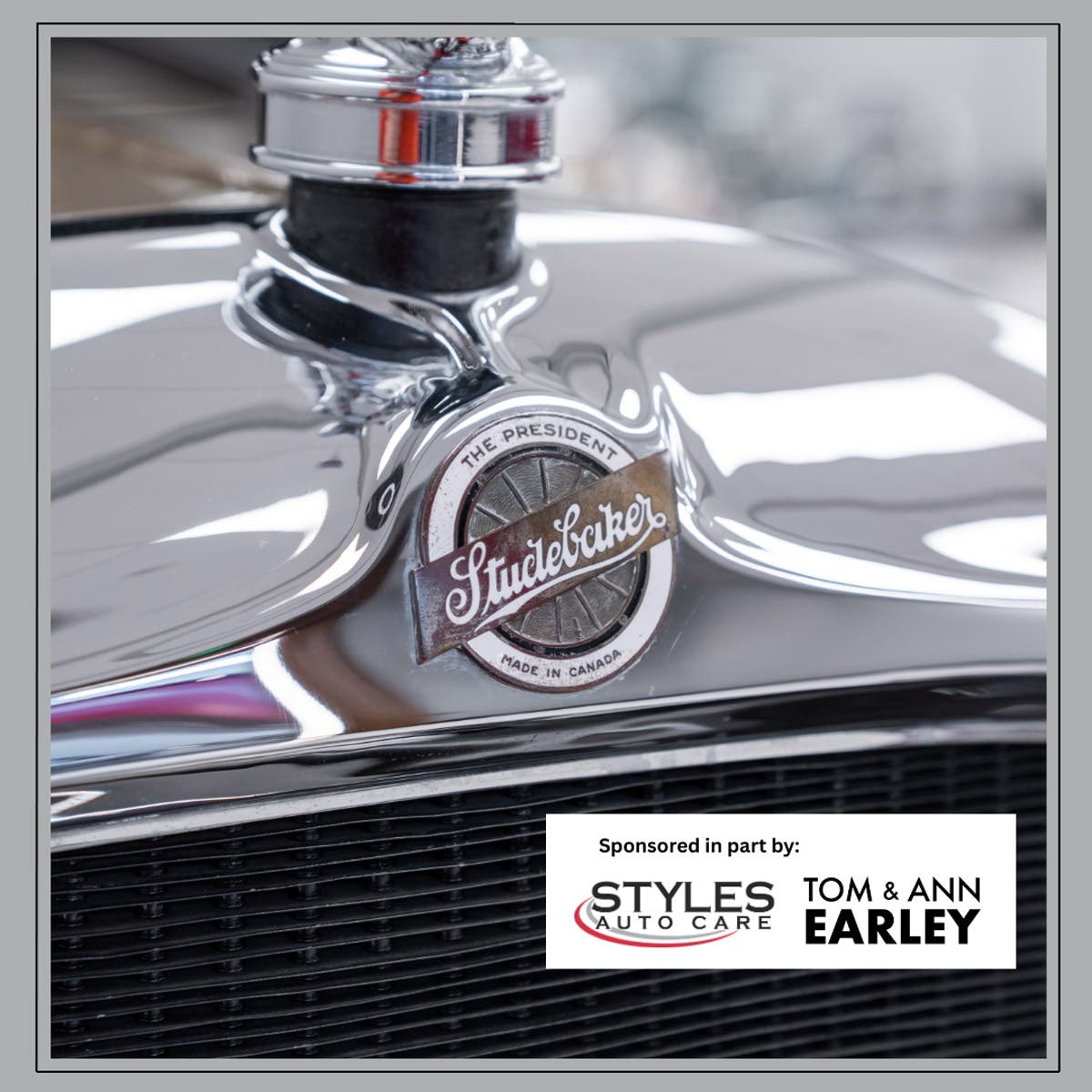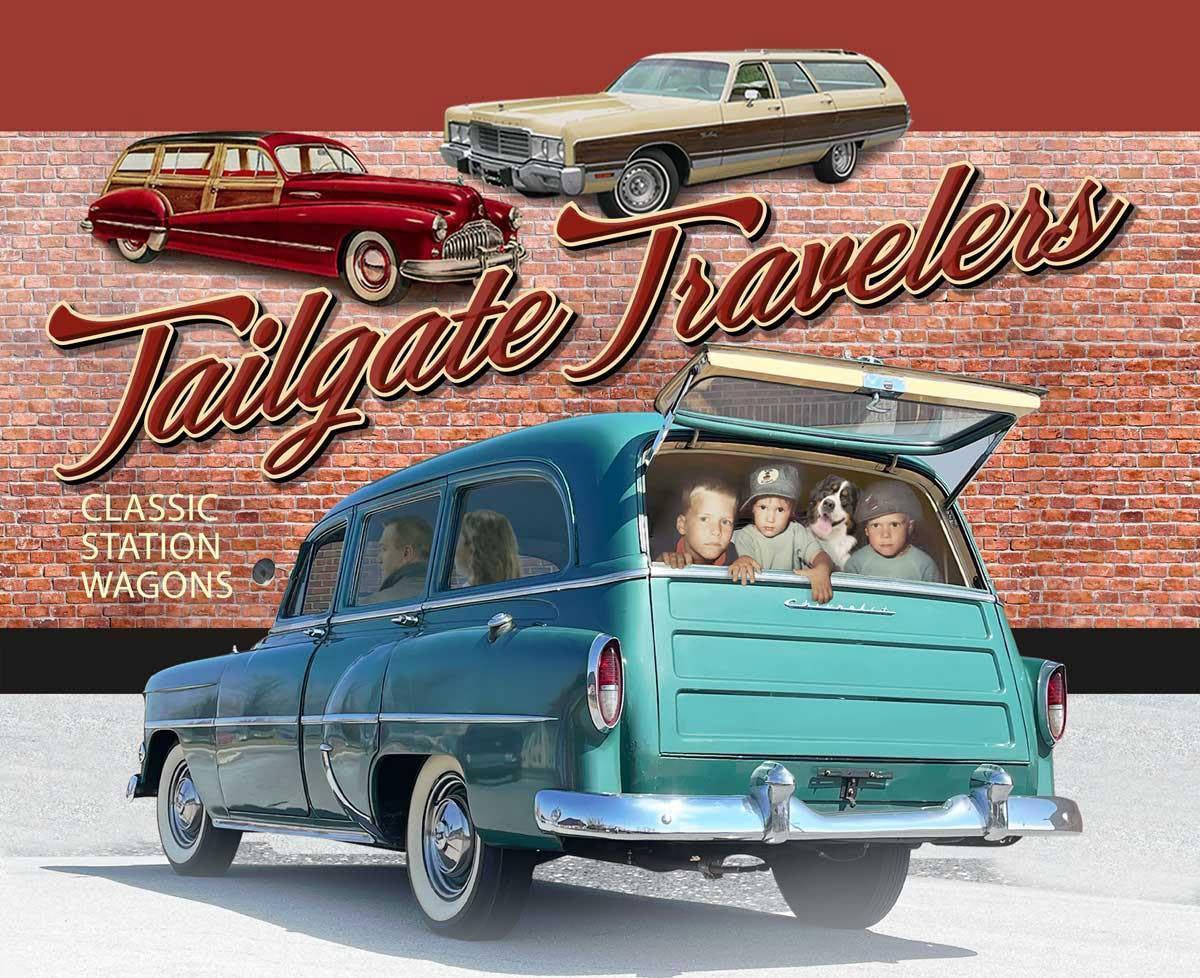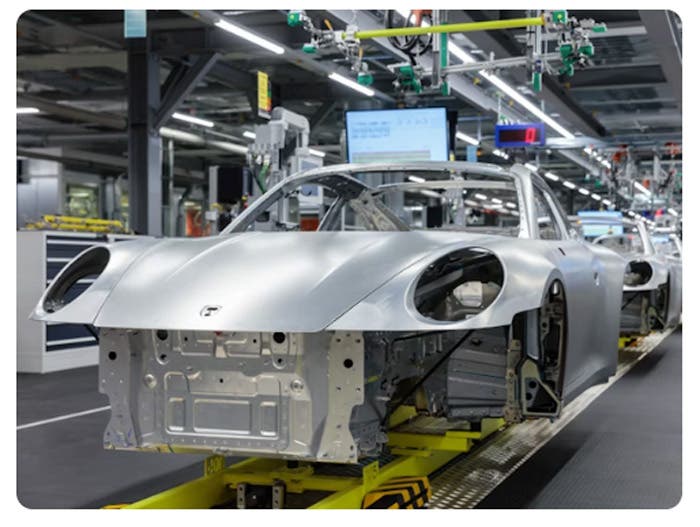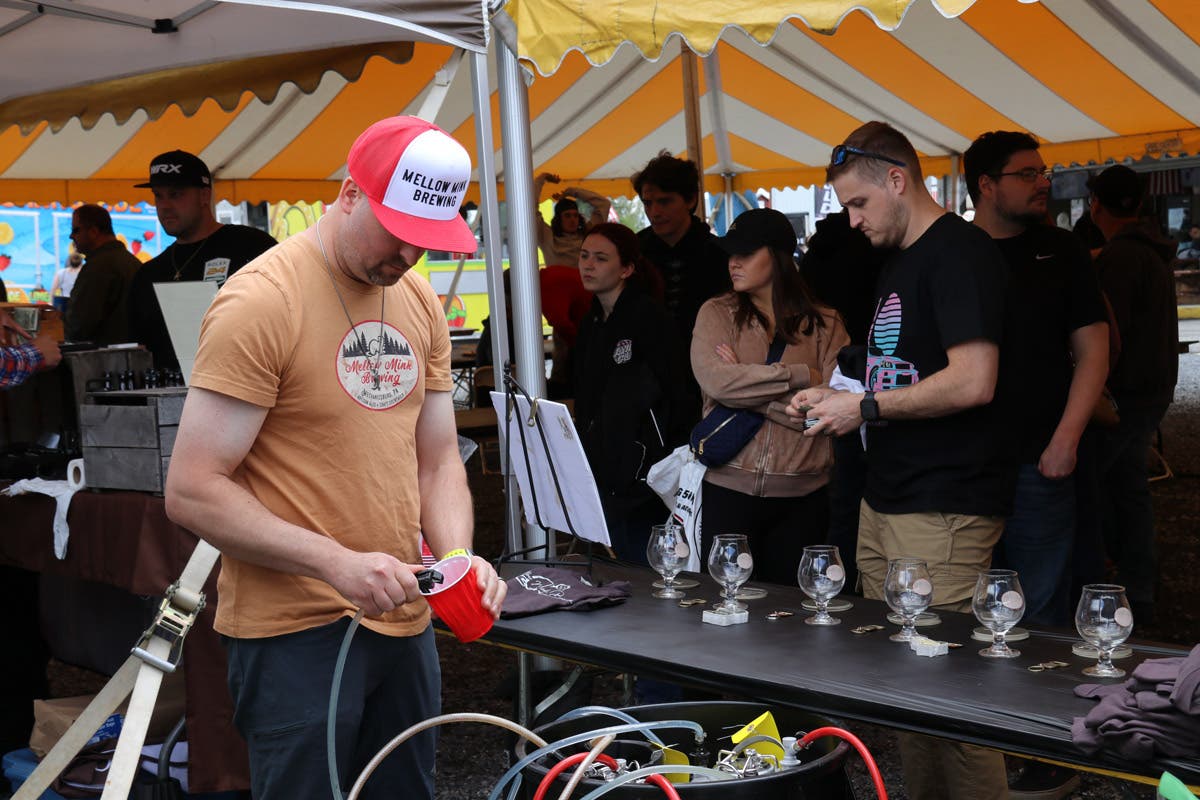Mercury is a make in search of a mission, and it has been for some time. It has been given a short string to find itself in the Ford Motor Co.'s latest survival program. The outcome is unknown.
Introduced as a 1939 model based on the Ford passenger car, Mercury was more or less a gussied-up Ford through 1948. For 1949, the marque received a new body and chassis it shared with Lincoln rather than Ford (except for station wagons).
To join the two-door hardtop club for 1952, Mercury offered a pair of models in the popular body style. Above is the base Custom, which was the more popular. There also was a top-line Monterey Special Custom. The small hubcaps indicate the new low-priced status, and the blackwall tires were courtesy of the Korean conflict, which restricted whitewalls when the photo was taken. (Phil Hall collection)
All that changed for the all-new 1952 models, when again, Mercury was a stepsister to Ford. While the 1949-'51 Mercurys went on to become customizer, cult and collector classics, the style did not adapt itself to the popular two-door hardtop configuration that most of the competitors had in their lineups during Mercury's "bathtub" years.
It should be noted that Hudson had integrated styling similar to Mercury, but it added the Hollywood hardtop to the lineup mid year in 1951. However, Hudson planned to keep its basic form for a few years to come.
For 1952, Mercury would be joined by Lincoln, full-sized Nash, Studebaker and Willys in offering two-door hardtops for the first time; they were the last mass-produced domestic cars to join the party.
While the 1952 Mercury was more contemporary with slab sides, split-level grille and flat hood and front fenders, it was not a stunner.
There was basically one series of models through 1951. However, mid-year 1950 and 1951, the Monterey two-door sedan was added. It was an upscale attempt to compete with the hardtops. For 1952, Mercury was split into two full series: base Custom and top-line Monterey Special Custom. This gave Mercury buyers a choice of lower-priced models for the first time.
Two-door hardtops and four-door sedans populated both series. The Custom received a two-door sedan, and the Monterey added a convertible. There was also a pair of wood-trimmed four-door station wagons in six- and eight-passenger forms.
If the sales literature is to be believed, the Custom hardtop was called the "Sport Coupe" and the Monterey the "Coupe." No matter what they were named, the cheaper version proved the most popular with 30,599 being built. This compared to the Monterey's tally of 24,453. In collector values today, both hardtops are about equal, but well behind the Monterey convertible.
While the outside styling may or may not have been the right thing to do, the instrument panel fit right in with the new jet fighters of the era. The "Interceptor" design featured a panel that protruded from the dash and held the semi-circular speedometer surrounded by gauges and aircraft-like controls on each side for the heating/ventilation system. It continued in revised form through the 1954 models.
Korean conflict restrictions prevented Ford from introducing new overhead-valve V-8s for Ford and Mercury for the all-new 1952 models, so both soldiered on with flatheads. Mercury, at 255.4 cubic inches, produced 125 advertised horses.
Two-door hardtops would stay in the Mercury lineup for decades to come. They would be joined by a Plexiglas-topped version, the Sun Valley, for 1954 and 1955, and Phaeton four-door hardtops mid year in 1956.
As for independence from Ford designs, the 1957-'60 models would be the exception to the lock-step rule that dictates most of Mercury's offerings to this date.








